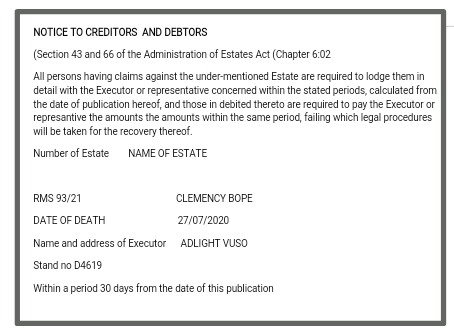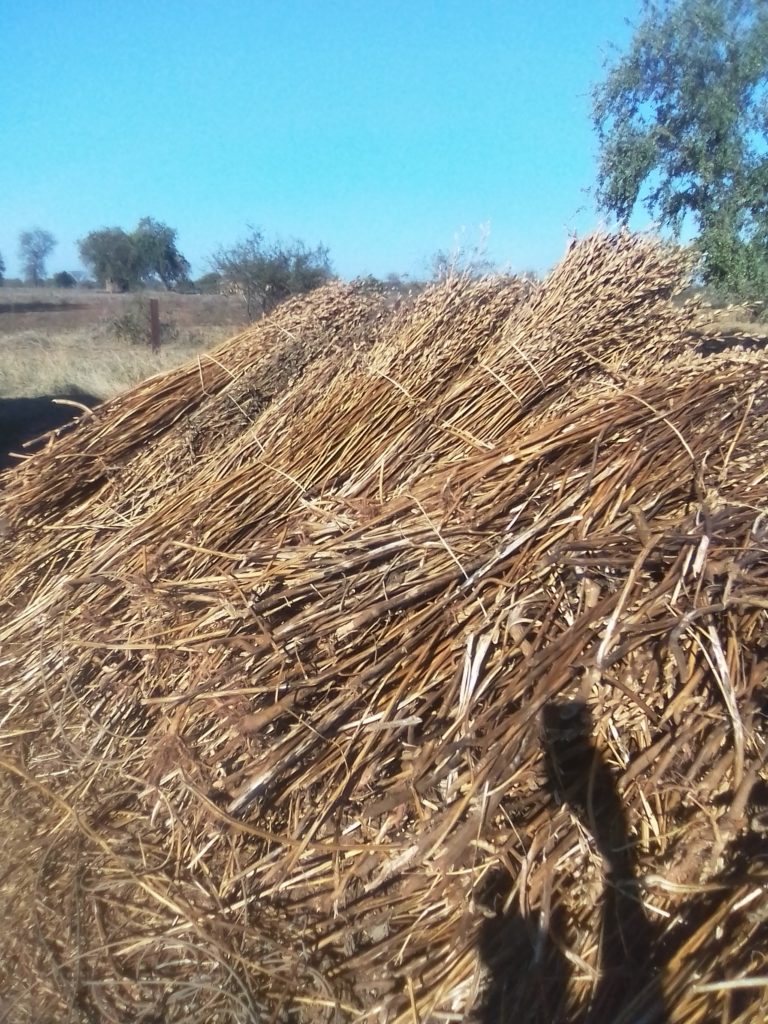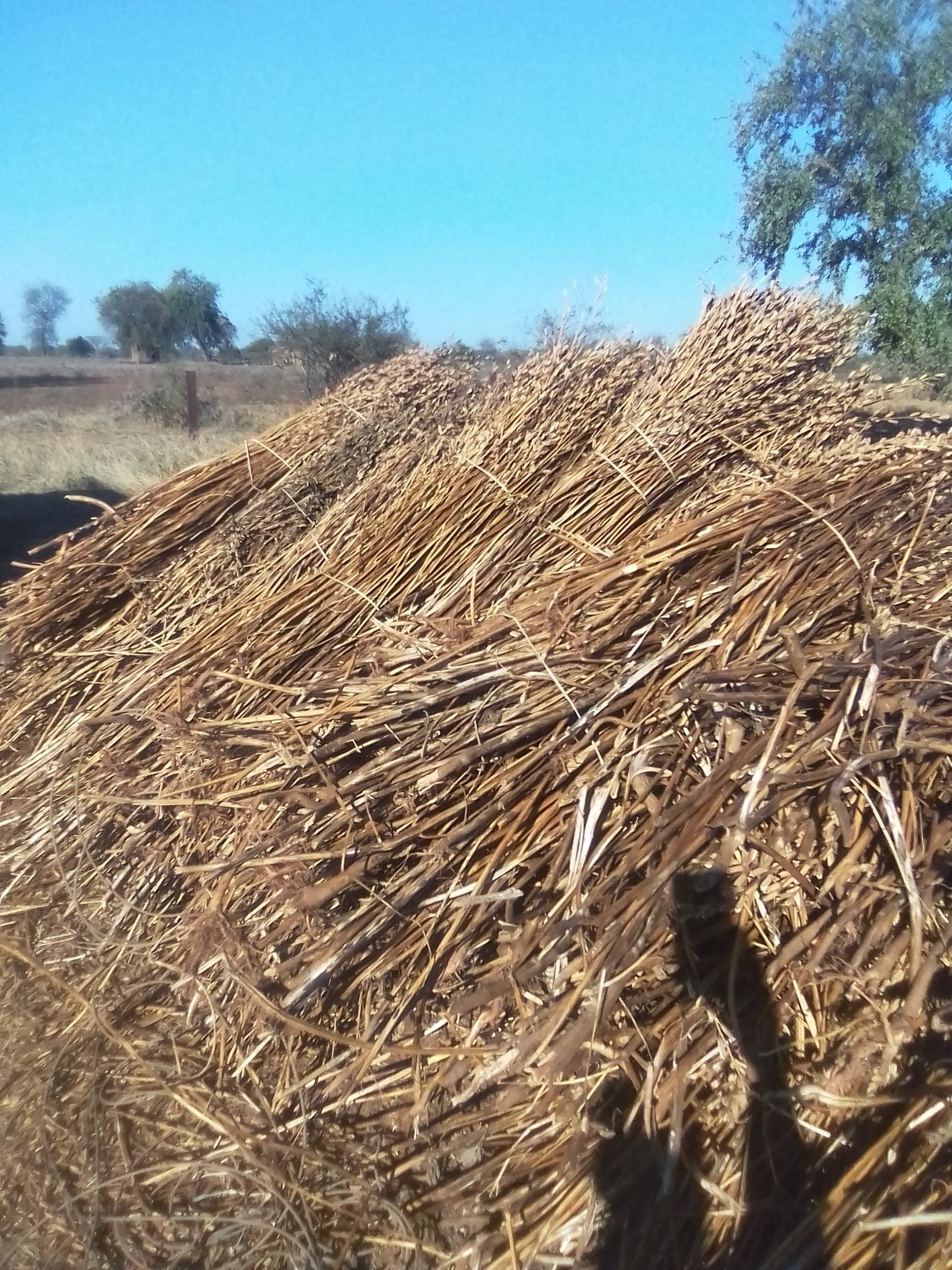Chiredzi- Sugarcane and cotton have been the cash crops for the Lowveld from time immemorial, but from the look of things, there is now a new cash crop in the fileds-Runinga/Sesame.
By Costain Shamu
The versatile and drought resistant crop is all that is making farmers go home smiling because buyers, mostly individuals from neghbouring countries, particularly Mozambique are buying the crop in hard currency.
There is influx of Mozambican nationals in Chiredzi North where there is a bumper harvest of the crop.

The crop, according to our survey, is being shipped to the Asian countries through Beira port where it is on high demand.
Apart from sprinkling it in bread and other confectionery products, the crop is high in medicinal and pharmaceutical properties.
These properties are used to make medicine, hair food and insect repellants.
According to the rule of the Thumb, a study by Thomas Jefferson, Runinga does well in all areas where cotton can grow.The crop back dates to 3000 years back and is widely grown and used in India and Sahara Africa.
Runinga reduces the volume of fungi that clauses rotting of roots to plants because it produces a chemical from its roots that goes deep into the soil killing root rot nematodes that are often caused by cotton parasites. It is therefore highly advisable to crop rotate with Runinga.

The crop has high returns, yielding an average of 40-50 bags per hectare. It has a low production cost than cotton and sugarcane. Locally, it is fetching $80 000 Rtgs per tonne while in Mozambique its $1 120 US dollars.
It is disease and insect tolerant and has negligible crop damage from birds and other animals.
Malvern Chauke, a local farmer was in a joyous mood after harvesting the crop, said the plant is very economical and rewarding, and he also promised to increase tonnage for the next coming season.
“I can say that farming runinga is very much economical and it has high returns. I am definitely going to increase my yield for the next coming season.” said Chauke.
Runinga is very easy to extract, and takes about 4 months from planting to harvesting.

It improves the soil texture by reducing the population of nematodes and root rot fungi leaving the soil in good tilth for the next plant.
The seeds are also rich in protein.The oil is rich in antioxidant components like liguaus used as a preservative to enhance long shelf life for food and food stuffs. It is also used as a food flavour.
Sesame seeds also contain antibacterial properties that acts against Staphylococcus and Streptococcus as well as skin Fungi and athlete’s foot.
The same equipments that is used on other crops can be used also in the production of Sesame while it is a good rotational crop that leaves the soil much more fertile.
Sesame is very much capable of resuscitating the economy and research shows that the crop has high demand in countries such as Asia.
In Africa, Ethiopia produces 300 000 tonnes per season and exports 70% of the crop while 30% is retained for domestic consumption. From the exports, the country earns US $400 million per year.













